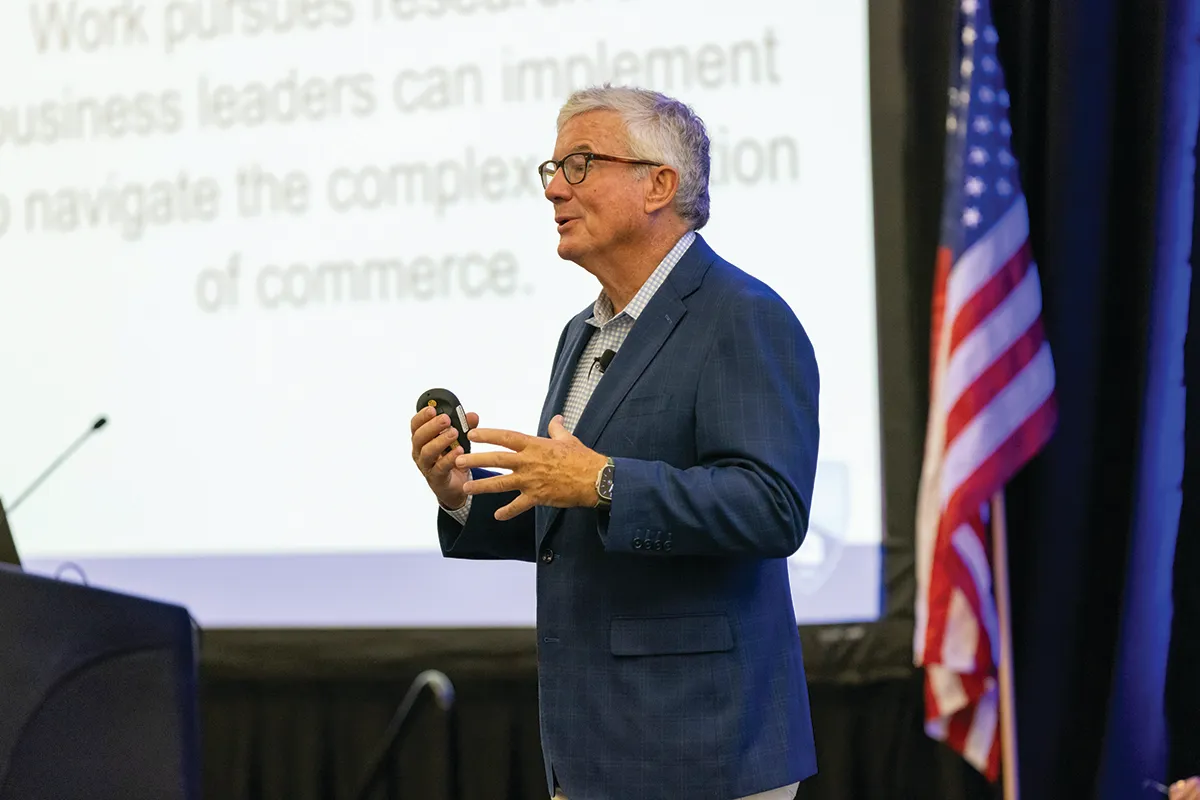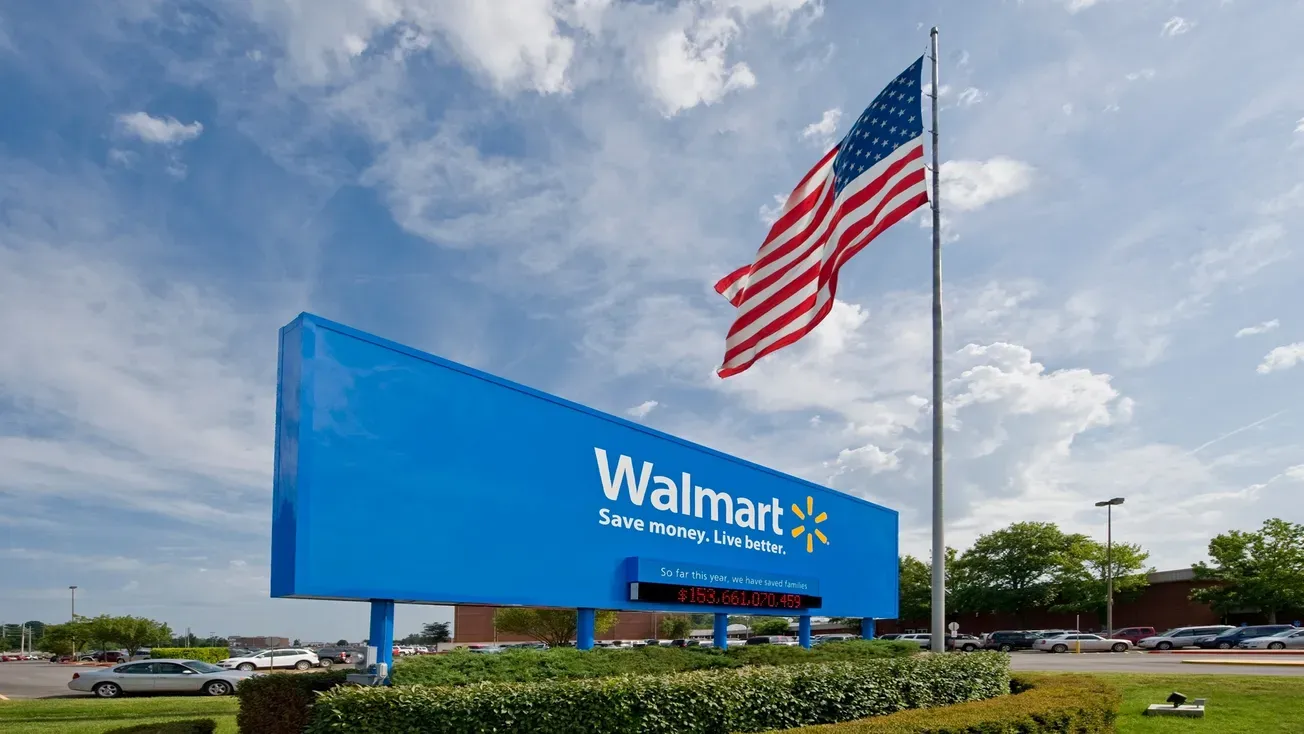By Jeffrey Woldt
Dan O’Connor is known for helping retailers and CPG companies look beyond immediate concerns and instead focus on what will come next. An executive in residence at the Harvard Business School, O’Connor has consistently foreseen changes in the marketplace, many of them driven by advances in technology and data science. Now he and his colleagues at the Future of Commerce Initiative (FCI), which advises clients on change management, are turning their attention to the intersection of retailing and health care.
During an Insight Session at last month’s NACDS Total Store Expo in Boston, O’Connor discussed how the manner in which buyers and sellers interact will evolve at an ever-accelerating rate. “The distance between data and decisions is going to continue to get smaller,” he said. “And the time that everybody here in this room will have to interact with consumers is going to get smaller and smaller. There are going to be a lot of nonhuman intermediaries that sit between the consumer and you. So, we’re going to change the way we organize, and we’re going to change the way that we operate, in order to compete at that speed.”
By 2030, the paradigm shift will add what O’Connor refers to as agentic commerce, machine-to-machine transactions on behalf of shoppers, to existing options — traditional brick-and-mortar stores, direct-to-consumer sales, online marketplaces and social selling. As each new pathway to the customer emerges, retailers and CPG companies will have to rethink how to reallocate resources to stay in sync with shopper behavior. In addition, they will have to be nimble enough to fend off challenges from a new generation of entrepreneurs who have figured out how to utilize social media to build and scale brands.
Citing the example of Mindy McKnight, who started out blogging about hair care for her daughters, went on to establish a huge following on YouTube and now has a $200 million business, O’Connor said, “What’s unique about these companies is that they don’t start with product, they start with content. They start a discussion with the consumer, and they try to use that discussion and that content to build an audience. And the content, the audience and the product will eventually lead you to conversion. It’s truly an amazing business.”
A similar situation exists in health care, a $4.5 trillion sector in which O’Connor asserts that the incumbents won’t react to changing dynamics in time. As the consumerization of health care accelerates, retailers and other newcomers will have a $30 billion to $40 billion near-term opportunity, he says.
Sarah Hoit, cofounder and chair of Social Impact Partners’ Global Brain Health Initiative and one of O’Connor’s associates at FCI, expanded on what’s at stake — for both patients and retailers. She started from the premise that the experience of COVID changed everything.
“So, we have a unique moment in time,” Hoit said. “What were the benefits of the pandemic? Absolutely everyone is focused on health and longevity. And if I were to get up tomorrow and try to think about how I could make the most money possible for my company, I would focus completely in this area. If I were to get up tomorrow and try to figure out how I could do the most good in this world, what is my corporate responsibility? What power do I have to change things in a very profound moment? I would focus on this topic.”
By focusing on “double bottom lines,” added Hoit, retailers and suppliers can do well by doing good. The product and services they provide can have a profound impact on everything from heart and brain health to skin care.
“This is a No. 1 consumer issue,” she said. “Everyone wants to feel good. Everyone wants to look good. Everyone wants to live a long time, and we’re all profoundly worried about it right now, and we’re worried about the people we love.”
O’Connor anticipates greater involvement by retailers in the sector. The high cost of treatment is fueling efforts to send patients to the lowest-cost point of care, which, as has been demonstrated with flu shots and other immunizations, frequently means retail.
“If you just look at the menu of services that a hospital can provide, let’s say there are 100 of them, well, 30 or 40 of them could be done potentially in a clinic setting or in a retail setting,” he said. “Health care increasingly is self-care.
“So, just think about what happened with COVID testing. At the beginning, we lived in a world where we were all in a clinical setting, large government clinical settings, to get tested. And then we end up with lots of kits laying around our houses. The point is the movement is towards self-care. And any movement out of clinical setting is a movement towards the retailer.”
Everyone with a stake in health care should work to foster that movement. Patients will benefit from easier access to care in the neighborhoods where they live and work; the growth in health care expenditures will moderate; and the retail setting will help bring about a shift in emphasis from treatment to prevention. Those developments should go a long way toward fixing a broken system. ▪









